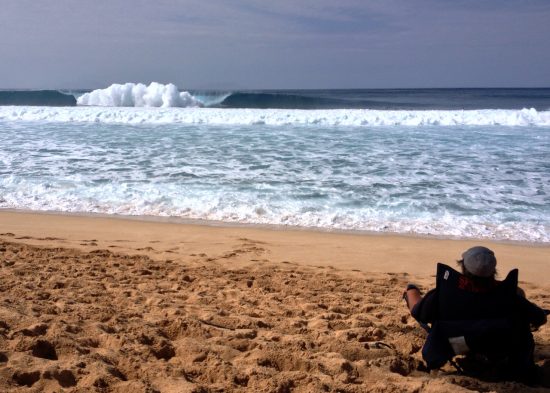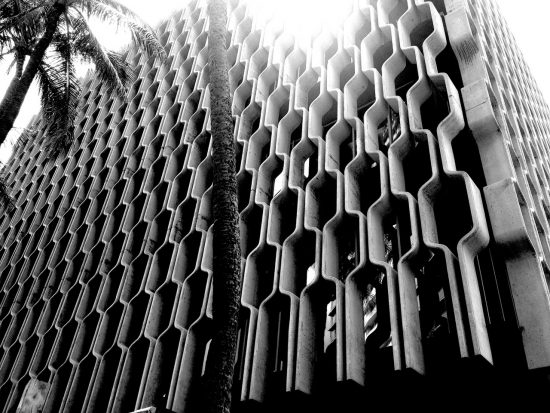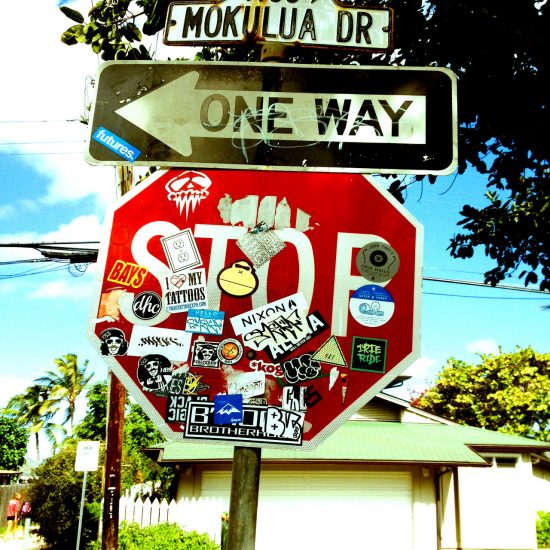Is the best camera really the one you have with you? Shooting Hawaii with a mediocre cell phone
I first visited Hawaii in 2008, and I brought every piece of photo gear I had: D300, 17-55DX, 80-200AFS, 30mm 1.4, D40 with kit lens, and a cheap palm-sized 720p video camera. I used it all. Hawai’i is a great place for a photo enthusiast, and I’ve been lucky enough to go back a few times since. My next trip was with one body and two lenses. After that, only a Coolpix A. Finally, being completely seduced by the Dark Side and its flexible panoramas, built-in HDR capabilities, and pocket-size convenience, I decided to try a trip using only a cell phone camera. Besides, Steve Jobs once tried to convince us the iPhone was reminiscent of an old Leica, so this must be worth a shot. Truth be told, the only reason I tried this is because I had already amassed a ton of DSLR shots by this point, so I thought I was in a position to test that pithy aphorism “the best camera is the one you have with you.”

Let me spoil the ending for you: No. No, it’s not.
But not for the reasons I expected. It wasn’t because of the lens, frame rate, low-light performance, or resolution. The problem was that the process of using it was cumbersome in ways I never considered. Here’s a list of the major ways it went wrong (plus a shot or two that I thought went right. It wasn’t a complete failure.)
It could be in any pocket.
It’s so small it could be hiding anywhere, in any pocket; front, back, shorts or shirt. Compounded if you’re wearing the dreaded cargo shorts. I missed a lot of shots because I was standing there like an idiot patting myself down trying to find my phone. Tell me you haven’t been there. If they could shrink SLR optics and functionality down into something so slim, we’d still be better off wearing it around our necks.
No ON switch.
Swiping around on a piece of glass is an awful way to turn something on. Yep – different phones use different methods to launch the camera app but none of them work as well as or have the positive response of a dedicated thumb switch. Same goes for tapping the screen for shutter release. I always use the volume button for shutter release, but the downfall with that is there were many times I pulled out the phone, swiped up and started clicking only to find that the camera app never launched. Seems like you never have to be so precise with the upward swipe as when you’re trying to do it in a hurry. Quickdraw shooting is pretty well out of the question.

Zoom with your feet! – and other clichés.
Can’t read it in bright sun.
Glare and illegibility in bright sun is why I would sometimes unknowingly shoot without the camera app on. Even with what you can see in bright sun, you can’t confirm focus and have to trust the phone to do its thing, but it missed way more often than I would’ve thought. I also have a series of shots that are square and include an unwanted effect only because it was too bright to see that these settings were on. They were only on because my hands inadvertently touched the screen while turning the phone around to take the shot. I’m going to feed this damned thing to the ocean.
Zero ergonomics.
You sometimes can’t tell the front from the back or the top from the bottom – it isn’t always obvious which way you’re holding the camera. And a small, rectangular piece of glass wants nothing more than to fall out of your hands. You have to keep a firm grip but you can really only hold it at the edges. I never did drop mine, but after about a day it becomes clear that this is a tough way to have to shoot, and I don’t think society is quite ready to embrace the cell phone strap just yet.

I overlooked the resolution, low-light performance, and all the other inherent cell phone compromises in favor of convenience, but my experience was that convenience was the area where the phone failed most. Turns out, just having a camera with you isn’t quite enough. I won’t be trying this again.

This post is written by M. McCarthy (Facebook). If you have an interesting idea for a guest post, you can contact me here.










